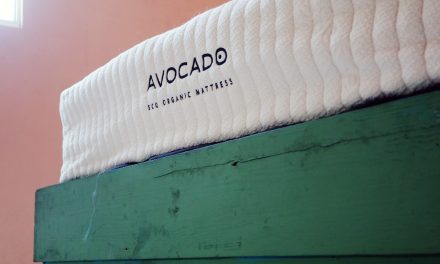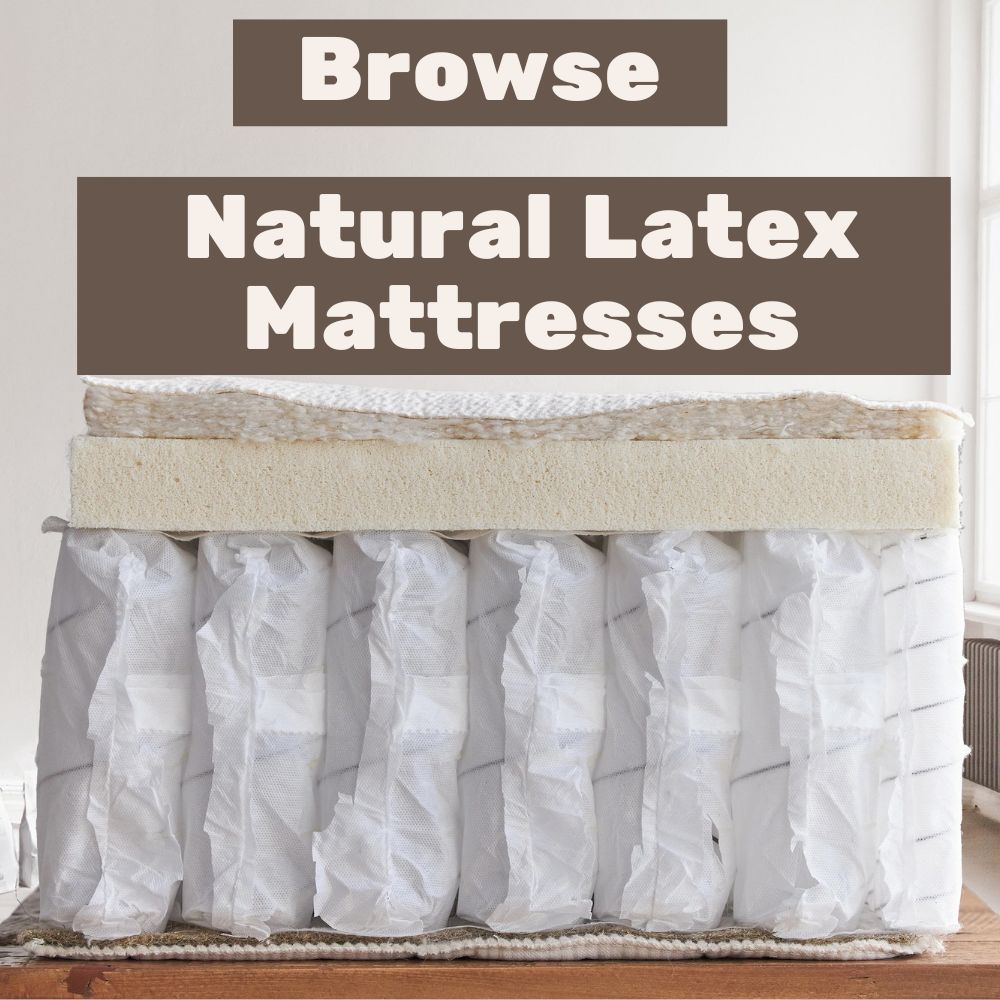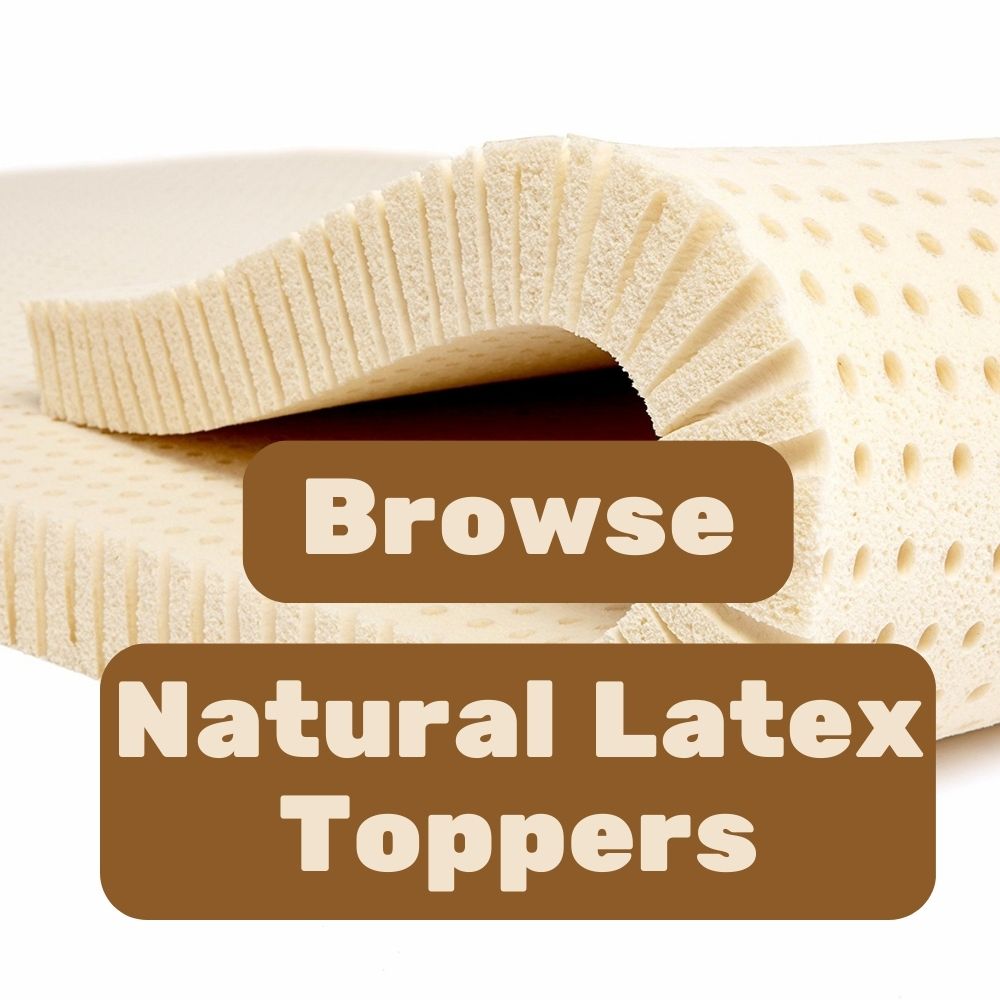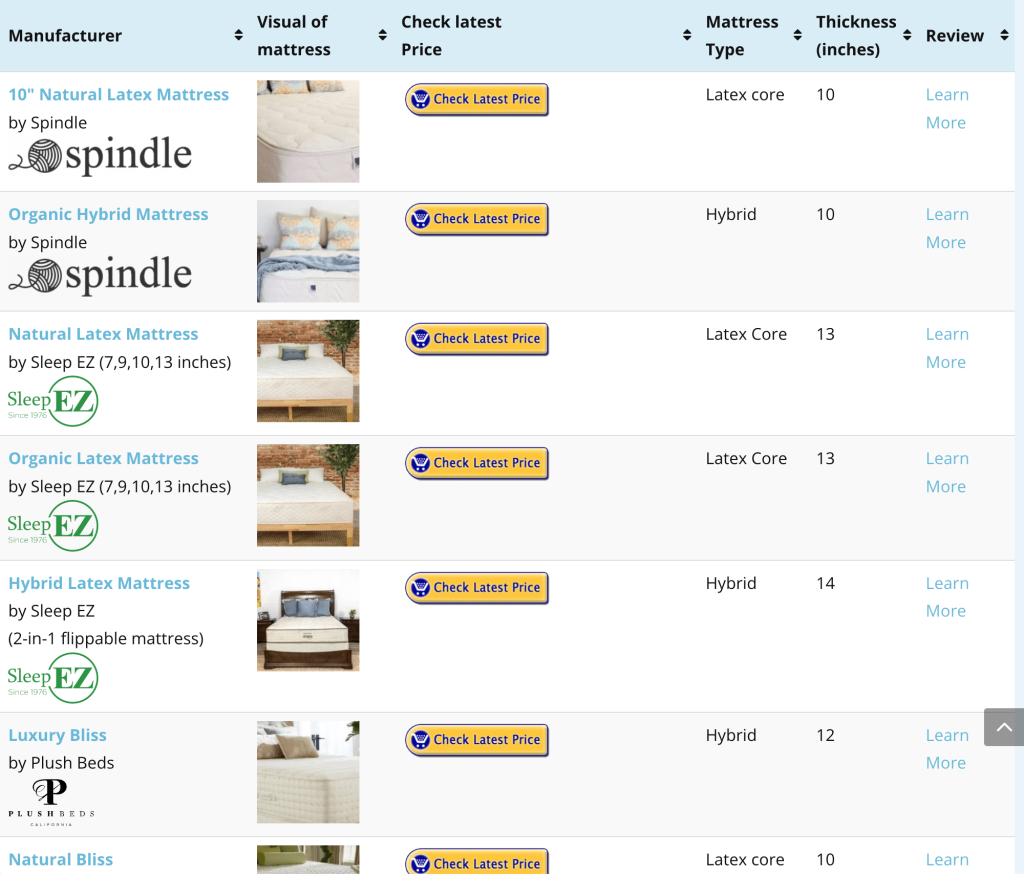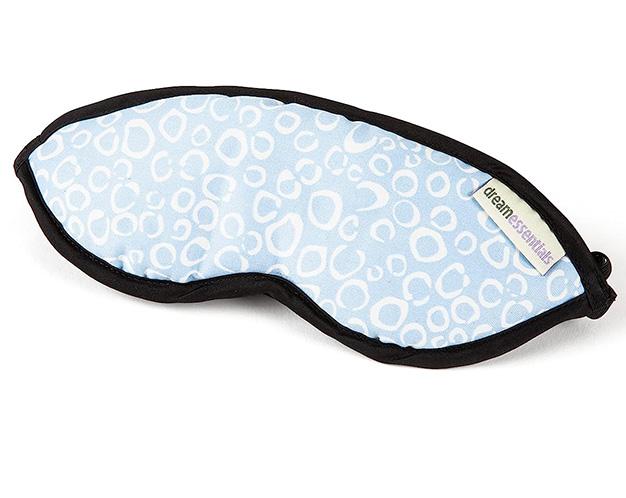Table of Contents
A latex mattress is hard to beat when it comes to ensuring a restful night’s sleep. With its unique combination of comfort and support, a latex mattress can provide the ideal sleep surface. This comprehensive guide will explore everything you need to know about choosing the best latex mattress.
From understanding the different types of latex to considering factors such as firmness, materials, and durability, this guide will walk you through the essential elements to consider before purchasing. We will also delve into the benefits of sleeping on a latex mattress, including its hypoallergenic properties and ability to relieve pressure points, ensuring you wake up refreshed and rejuvenated.
Whether you’re a side sleeper, back sleeper, or stomach sleeper, finding the right mattress is crucial for a good night’s sleep. Let’s uncover the factors that will help you choose the best latex mattress. This will help you achieve the restful sleep you deserve.
Benefits of sleeping on a latex mattress
The search for the perfect mattress can be daunting, but a latex mattress is hard to beat when it comes to ensuring a restful night’s sleep. With its unique combination of comfort and support, a latex mattress can provide the ideal sleep surface for individuals seeking a good night’s rest. This comprehensive guide will explore everything you need to know about choosing the best latex mattress.
From understanding the different types of latex to considering factors such as firmness, materials, and durability, this guide will walk you through the essential elements to consider before purchasing. We will also delve into the benefits of sleeping on a latex mattress, including its hypoallergenic properties and ability to relieve pressure points, ensuring you wake up refreshed and rejuvenated.
Whether you’re a side sleeper, back sleeper, or stomach sleeper, finding the right mattress is crucial for a good night’s sleep. So, join us as we uncover the ultimate guide to choosing the best latex mattress to help you achieve the restful sleep you deserve.
Types of latex mattresses – natural latex vs. synthetic latex

Natural latex sap is collected from the rubber tree. It is then frothed and baked with other ingredients to make durable, comfortable, and pressure-relieving foam.
A latex mattress offers numerous benefits that can significantly improve the quality of your sleep. Firstly, latex mattresses are known for their excellent comfort and support. The natural elasticity of latex allows it to conform to your body’s contours, providing optimal support and alignment for your spine. This helps to alleviate pressure points, reducing the likelihood of waking up with aches and pains.
Additionally, latex mattresses are hypoallergenic, making them an excellent choice for individuals with allergies or sensitivities. Latex is resistant to dust mites, mold, and mildew, creating a healthier sleep environment. It also has natural antimicrobial properties that help prevent the buildup of allergens.
Furthermore, latex mattresses have excellent breathability. The open-cell structure of latex allows for excellent airflow, which helps regulate body temperature and prevents overheating during sleep. This especially benefits individuals who tend to sleep hot or experience night sweats.
Sleeping on a latex mattress includes superior comfort and support, hypoallergenic properties, and excellent breathability. These factors contribute to a restful night’s sleep, allowing you to wake up feeling rejuvenated and ready to tackle the day ahead.
Factors to consider when choosing a latex mattress
Regarding latex mattresses, there are two main types: natural and synthetic. Natural latex is derived from the sap of rubber trees and is known for its durability and eco-friendly properties. It is popular among individuals who prioritize sustainability and want a mattress made from natural materials.
On the other hand, synthetic latex is made from petroleum-based chemicals and is typically more affordable than natural latex. While synthetic latex can mimic the feel of natural latex to some extent, it may not offer the same durability or eco-friendliness. However, synthetic latex mattresses can still provide a comfortable sleep surface at a lower price.
Choosing between natural latex and synthetic latex ultimately comes down to personal preference and budget. If sustainability and eco-friendliness are important, natural latex is the way. However, if affordability is your primary concern, a synthetic latex mattress can still provide a comfortable sleep experience.
Understanding mattress firmness and density
Several factors should be considered when selecting a latex mattress to ensure you choose the best option. The following factors will help guide your decision-making process:
- Firmness: Latex mattresses come in varying firmness levels, ranging from soft to firm. Your ideal firmness level depends on your sleeping position, body weight, and preference. Side sleepers typically benefit from a softer mattress, while back and stomach sleepers may prefer a firmer surface for better support.
- Materials: Apart from the latex itself, it’s essential to consider the other materials used in the mattress construction. Look for mattresses that use high-quality, durable materials such as organic cotton or wool for the cover and natural latex for the comfort layers.
- Durability: Latex mattresses are known for their durability, but the specific lifespan can vary depending on the materials’ quality. Look for mattresses with a long warranty period, often an indicator of the manufacturer’s confidence in their product’s durability.
- Motion Isolation: If you sleep with a partner, consider a latex mattress with excellent motion isolation properties. This means that movement on one side of the bed will not disturb the other person, allowing you to enjoy uninterrupted sleep.
- Edge Support: If you tend to sit or sleep near the edge of the bed, consider a latex mattress with reinforced edge support. This will prevent sagging and ensure the mattress remains supportive and comfortable even at the edges.
By carefully considering these factors, you can narrow your options and find the latex mattress that best suits your needs and preferences.
Latex mattress construction – Dunlop vs. Talalay
When shopping for a latex mattress, understanding the concepts of firmness and density is crucial in finding the right level of support and comfort. Firmness refers to how soft or firm the mattress feels, while density refers to the weight of the latex used in the mattress construction.
Firmness is typically measured on a scale from 1 to 10, with 1 being extremely soft and 10 being extremely firm. Your ideal firmness level will depend on your body weight, sleeping position, and personal preference. It’s important to note that firmness can vary between different brands and models, so it’s always best to try the mattress or read customer reviews before purchasing.
Density, on the other hand, refers to the weight of the latex used in the mattress. Higher-density latex is generally more durable and supportive, making it suitable for individuals who require extra support or have a higher body weight. However, mattresses with higher-density latex tend to be more expensive, so finding the right balance between density and budget is important.
In summary, understanding the concepts of firmness and density will help you choose a latex mattress that provides optimal support and comfort based on your individual needs and preferences.
Choosing the right size and thickness for your latex mattress
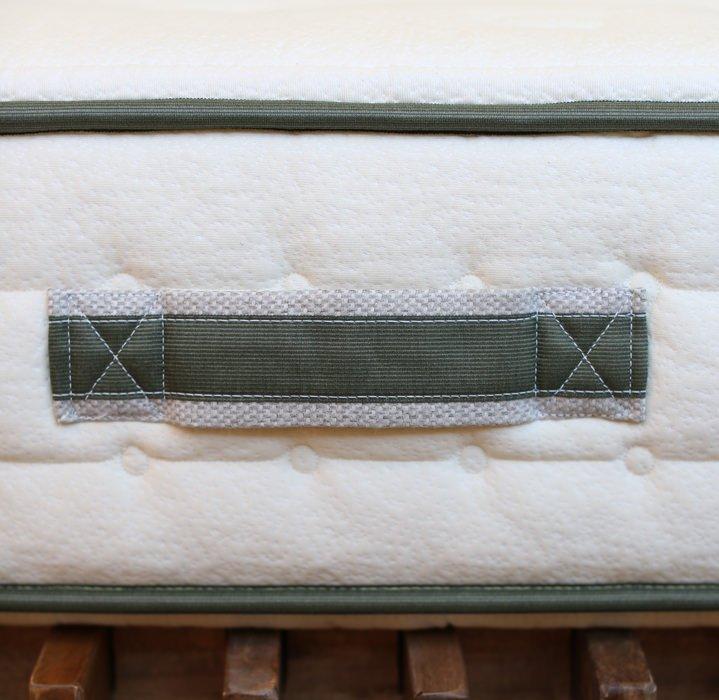
The Avocado Green mattress is 11-inches thick.
Regarding latex mattress construction, two main processes are commonly used: Dunlop and Talalay. Each process has unique characteristics, resulting in different feels and properties of mattresses.
Dunlop latex is the oldest and most traditional method of manufacturing latex foam. The process involves whipping latex sap into a froth, pouring it into a mold, and baking it. This results in a denser, more supportive latex foam. Dunlop latex mattresses are firmer and more durable, making them an excellent choice for individuals who prefer a firmer sleep surface or require extra support.
Talalay latex, on the other hand, is a more modern and complex manufacturing process. It involves a similar initial process to Dunlop latex but also includes an additional step of vacuum-sealing and freezing the latex before baking. This results in a lighter, more breathable latex foam with a slightly softer feel. Talalay latex mattresses are known for their luxurious, buoyant feel and excellent breathability.
Both Dunlop and Talalay latex mattresses have unique benefits, so their choice ultimately comes down to personal preference. If you prefer a firmer, more supportive feel, Dunlop latex is a great option. Talalay latex may be better if you prefer a softer, more luxurious feel with excellent breathability.
Latex mattress reviews and recommendations
When choosing a latex mattress, it’s important to consider the right size and thickness to ensure a proper fit for your bed frame and personal preferences. Latex mattresses are available in standard sizes such as twin, full, queen, king, and California king. Consider the size of your bed frame and the space available in your bedroom to determine the appropriate size for your mattress.
Regarding thickness, latex mattresses typically range from 6 to 12 inches. Thicker mattresses generally provide more support and comfort, especially for individuals with higher body weights or those who prefer a plush sleep surface. However, it’s important to consider the height of your bed frame and any existing bedding to ensure the mattress thickness does not make it too difficult to get in and out of bed comfortably.
It’s also worth mentioning that some latex mattresses come with customizable layers, allowing you to adjust the firmness or feel of the mattress to your liking. This can be a great option if you’re unsure of the ideal firmness level or anticipate your preferences changing over time.
Care and maintenance of a latex mattress
When shopping for a latex mattress, reading reviews and recommendations from other customers is always helpful. Find reputable sources such as independent review websites, consumer forums, or trusted mattress review publications. Pay attention to comfort, support, durability, and customer service to comprehensively understand the mattress’s performance and value.
Additionally, consider contacting friends, family, or colleagues who have purchased latex mattresses and ask for their recommendations. Personal experiences and insights can be invaluable in guiding your decision-making process.
Everyone’s preferences and needs differ, so it’s important to take reviews and recommendations as a starting point rather than the definitive answer. Ultimately, the best latex mattress depends on your preferences and requirements.
Conclusion
Proper care and maintenance are essential to ensure the longevity and performance of your latex mattress. Here are a few tips to keep your latex mattress in optimal condition:
- Use a mattress protector: Investing in a high-quality mattress can help protect your latex mattress from spills, stains, and dust mites. Look for a waterproof and breathable protector specifically designed for latex mattresses.
- Rotate the mattress: Regularly rotating your latex mattress can help prevent uneven wear and prolong its lifespan. Aim to rotate the mattress every 3 to 6 months or as the manufacturer recommends.
- Avoid excessive moisture: While latex mattresses naturally resist mold and mildew, keeping them dry is still important. Avoid placing the mattress in a damp or humid environment, and promptly address any spills or accidents to prevent moisture buildup.
- Keep it clean: Regularly clean your latex mattress by vacuuming it with a soft brush attachment to remove dust and debris. If necessary, spot-clean any stains using a mild detergent and warm water, but thoroughly rinse and dry the area to prevent moisture retention.
Following these care and maintenance tips ensures that your latex mattress remains comfortable, hygienic, and supportive for years.






